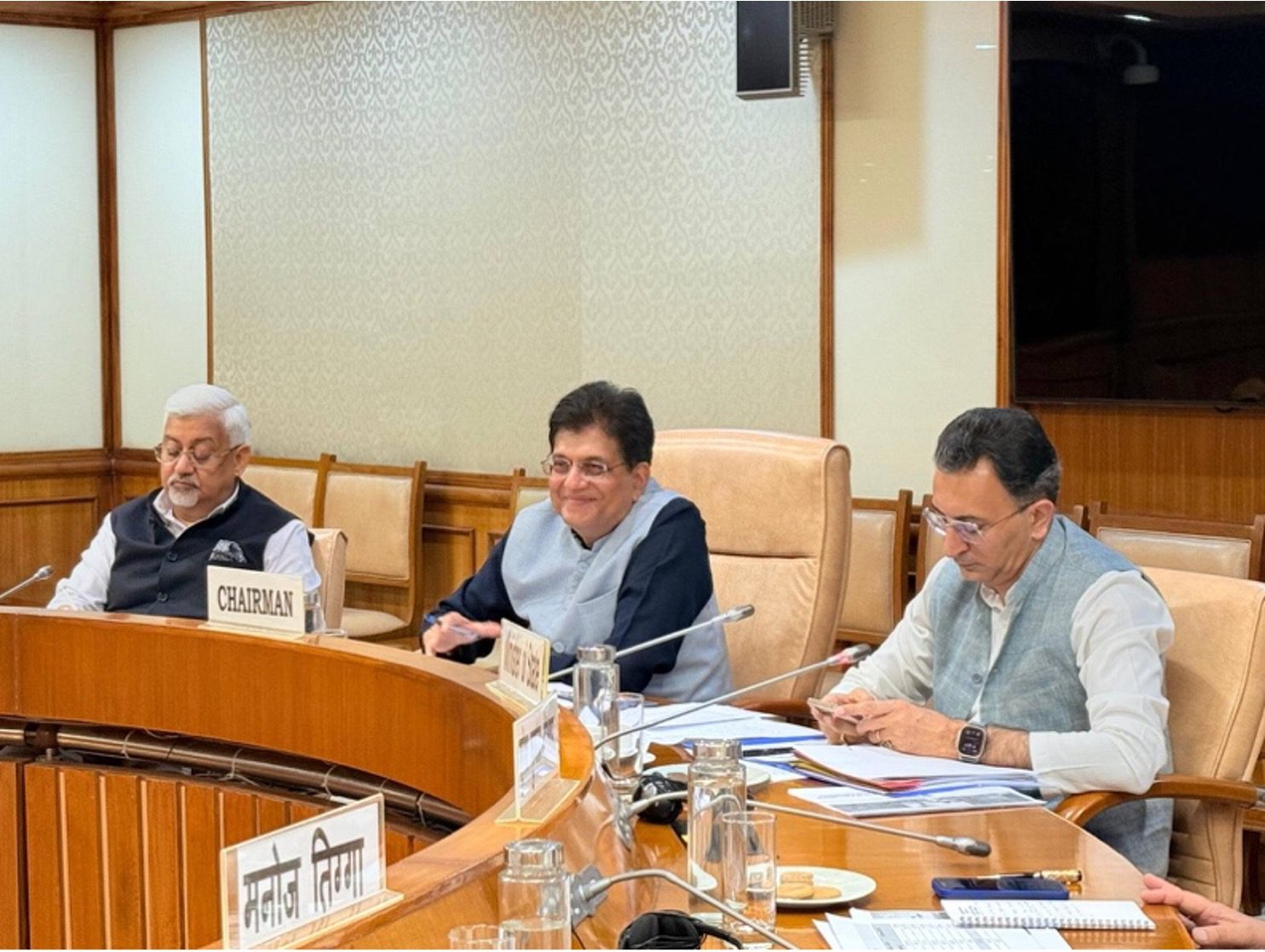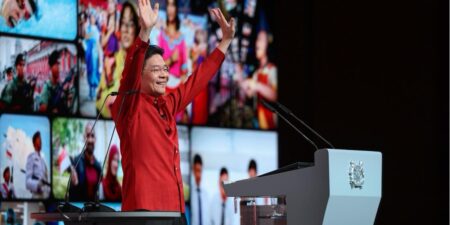The BGA India team, led by Managing Director Anuj Gupta, wrote an update on India’s strategy to navigate the new U.S. tariff threat.
India faces potential secondary tariffs of 25 percent — in addition to the existing 25 percent — as Washington links trade penalties to geopolitical developments. The United States has urged the European Union to mirror its stance, signaling coordinated pressure on India. Meanwhile, recent high-level diplomatic meetings could mark a diplomatic pivot in the war in the Ukraine. Meetings between U.S. President Donald Trump and Russian President Vladimir Putin as well as between Trump, Ukrainian President Volodymyr Zelenskyy and other European leaders have opened the door to trilateral peace talks and U.S.-led security guarantees for Ukraine. Potential progress on the hostilities bears hope that the additional tariffs on India may be deferred closer to the August 27 deadline for their implementation.
Studies suggest that while India may experience short-term economic pressure if additional 25 percent tariffs come into effect, the long-term impact will likely be limited due to the country’s relatively low trade dependency on the United States. With exports to the United States accounting for only about 2 percent of GDP, the broader economic exposure remains modest. Moreover, key export sectors, such as electronics and pharmaceuticals, are currently exempt from proposed tariffs, further mitigating potential disruptions. Decision-makers remain optimistic about finalizing a bilateral trade agreement with the United States.
After 18 years, S&P has recently raised India’s long-term sovereign credit rating to BBB from BBB-, reflecting the country’s strong growth, fiscal consolidation and improved monetary policy. India’s GDP growth projections remain at 6.5 percent for fiscal year 2025-26, consistent with the previous year. Domestically, India is advancing targeted reforms to offset the near-term impact of U.S. tariffs while positioning its industries to build resilience, diversify export geographies and sustain global competitiveness.
Context
- Assuming a sustained 50 percent tariff on Indian exports, exports to the United States — valued at $86.1 billion in fiscal year 2024-25 — could face selective pressure. Of the total exports, around 55 percent ($48.2 billion) could be affected, particularly in textiles and apparel, gems and jewelry, engineering goods and shrimp, because peer exporting countries benefit from comparatively lower tariff barriers. Steel, aluminum and auto exports, worth $4.6 billion, face 50 percent tariffs but pose limited impact because similar tariff measures apply to most of India’s competitors. India has revised its World Trade Organization notification and is pursuing diplomatic negotiations, keeping retaliatory measures ready but flexible.
- About 40 percent of these exports (mainly in pharmaceuticals, electronics and energy) are currently exempt from tariffs, which may cushion the overall impact. The composition of India’s export basket and the exemption coverage suggest a targeted rather than broad-based disruption, limiting the long-term economic fallout.
Significance
- To mitigate the impact, the government has adopted a comprehensive export strategy that blends external trade diplomacy while doubling down on internal economic reforms. Externally, the focus is on enhancing market access through fast-tracked free trade agreements with key partners like the United Kingdom, the European Free Trade Association, the European Union and Oman. India is also renegotiating free trade negotiations with the Association of Southeast Asian Nations and diversifying into markets like Mexico, Indonesia and Nigeria. Renewed engagement with China also signals strategic hedging against geopolitical shocks.
- Domestically, key reforms include the proposed Goods and Services Tax restructuring — abolishing the 12 percent and 28 percent slabs and correcting inverted duty structures — to simplify compliance and stimulate consumption. These changes are expected to increase the nominal GDP by 0.6 percentage points. Along with the $2.3 billion Export Promotion Mission under finalization, these moves are aimed at shielding exporters from global trade volatility through enhanced credit access, regulatory support and strategic branding — especially benefitting U.S.-bound shipments and micro, small and medium-sized enterprises.
- Meanwhile, Indian exporters frontloaded shipments ahead of the August 27 tariff deadline, resulting in a 21 percent surge in U.S.-bound exports from April-July 2025, compared to a 3 percent overall export growth, reflecting tactical agility amid rising trade uncertainty. Trade experts also expect transshipments to the United States going forward, with some impact on the margins.
Implications
- The Trump-Putin summit, while falling short of a breakthrough on the Ukraine war, signaled a shift in tone, with Russia hinting at flexibility over a frozen conflict if it retains the Donbas region. However, core demands like territorial recognition and Ukrainian neutrality remain unchanged, while Ukraine continues to reject land-for-peace deals. The Trump-Zelenskyy-European leaders talks opened the door to trilateral peace talks and U.S.-led security guarantees for Ukraine, possibly leading to an end of the war. Decision-makers are therefore cautiously optimistic that the implementation of additional tariffs on India may be reconsidered or deferred as the August 27 deadline approaches.
- The cancelation of the U.S. trade negotiators’ visit to New Delhi from August 25-29 has stalled progress on a proposed bilateral trade agreement. The talks, which slowed down after five rounds due to unresolved issues around India’s farm and dairy market access, have now evolved into a broader geopolitical dialogue rather than a narrow trade negotiation.
If you have questions or comments, please contact BGA India Managing Director Anuj Gupta at agupta@bowergroupasia.com.
Best regards,
BGA India Team

BowerGroupAsia


























